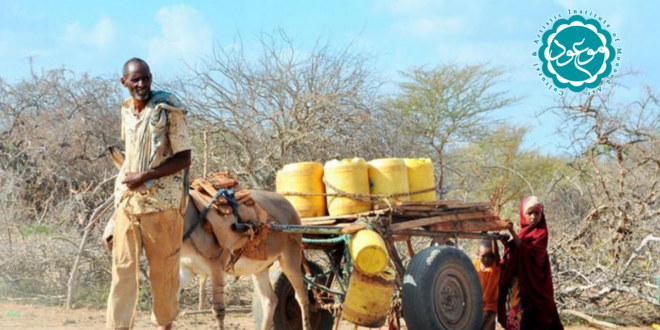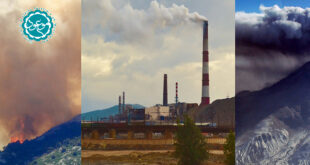According to Mouood, quoting by reliefweb.int:
In Madagascar, Multiple Crises Compound
Flooding, storm damage, drought, food insecurity, and weak health systems amount to one of the worst cumulative sets of crises faced by any group of people.
There are many troubling situations taking place in the world right now, with the economic crisis in Afghanistan and the threat of conflict in Ukraine perhaps at the top of the list. But it’s worth taking a moment to reflect on the current situation the country of Madagascar is facing — arguably among the most concerning anywhere.
Cyclone Batsirai landed on Madagascar’s southeastern coast over the weekend, the equivalent of a Category 3 hurricane. Madagascar’s government and the U.N. have reported over 60,000 displaced. The NGO Operation Fistula, which supports fistula repair services throughout the central and southern parts of the country, reported a total loss of their main hospital.
Reports from the U.N. Office for the Coordination of Humanitarian Affairs (UNOCHA) and other agencies indicate that 95% of property has been lost in the coastal city of Nosy-Varika, which is home to roughly 20,000 people inside a district of approximately 275,000. Image analysis from the United Nations Satellite Center (UNOSAT) shows massive amounts of flooding throughout the similarly sized city, Mananjary, and its surrounding district.
These major storm impacts in central and southern Madagascar follow severe flooding from Tropical Storm Ana, which hit the capital city of Antananarivo at the end of January. At that time, 34 people were killed, an estimated 10,000 homes were destroyed, and huge amounts of critical infrastructure, including health facilities and schools, were either destroyed or rendered inaccessible.
The combination of these two near-concurrent events means that, essentially, the entire country is now dealing with the consequences of major water-related emergencies all at once. This would be a serious situation under any circumstances, but Madagascar isn’t just any country. In the four months prior to these storm events, the country was already facing an entirely different sort of crisis.
As of the first week of January 2022, southern Madagascar was in the throes of the worst drought on record, and its third year of drought in a row.
This map, published by Fews.net — the Famine Early Warning Systems Network, looks at the solar reflectivity of green plant life as a principal measure of drought and plant health. Roughly 10 days prior to Tropical Storm Ana, southern Madagascar was experiencing some of the worst drought metrics ever recorded in that country.
As a result, the U.N. and other agencies declared a food security crisis, prompting planning for emergency food relief for as many as 2 million people.
But the storm impacts likely make this food security situation even worse. There are two principal reasons for this. First, transportation networks through the country, which are required to move goods and people where they are most needed, will be disrupted. Second, essential governmental and other resources will be diverted toward immediate storm recovery, rather than somewhat longer-term food security issues.
It is worth noting that this rapid fluctuation between drought and flooding is precisely what most climate change models predict, indicating the worsening exposure of countries like Madagascar to growing threats from global climate change.
Madagascar already faces any number of daunting structural health challenges, from low vaccination rates, which led to massive measles outbreaks in 2018 and 2019, to a resurgence of Covid-19 cases due to the omicron variant — case numbers per million shown in the map below — to low numbers of health workers and other aspects of essential health infrastructure.
Added together, the crises in Madagascar from flooding, storm damage, drought, food insecurity, and weak health systems amount to one of the worst cumulative sets of crises faced by any group of people anywhere on earth. Direct Relief has been in communication with health organizations working locally and is ready to support any needed medical requests as the post-storm situation unfolds.
 Mouood Mouood English Edition
Mouood Mouood English Edition




